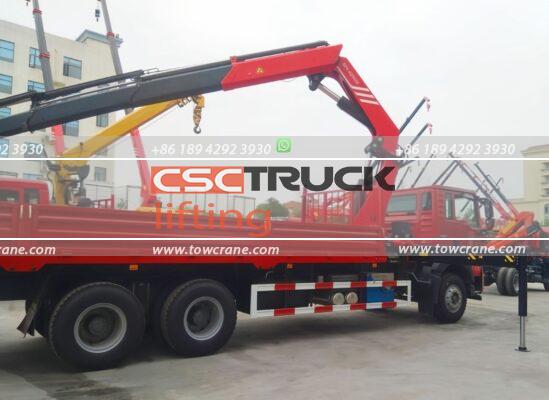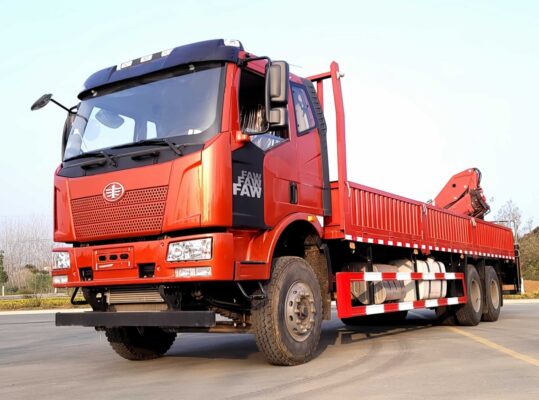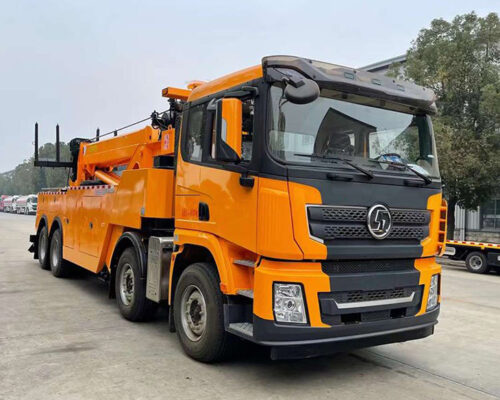The rapid growth of logistics and transportation industries has led to an increase in vehicles on the road, consequently raising the number of traffic accidents. These accidents often stem from poor driving habits, making it essential to recognize and eliminate these detrimental behaviors.

Common Dangerous Driving Habits to Avoid
1. Speeding
Speeding compromises vehicle safety and accelerates wear and tear on components. For example, excessive speed can cause tires to age and deform more quickly, increasing the risk of blowouts. Additionally, high speeds make it harder to judge distance and speed accurately, significantly raising the likelihood of accidents.
2. Using a Phone While Driving
Using a phone while driving drastically increases accident risk. Studies show that using a phone while driving makes an accident 23 times more likely compared to normal driving. Distractions from phone use slow reaction times and reduce awareness of the driving environment, making collisions more probable.
3. Following Too Closely
Tailgating impairs your ability to brake effectively in emergencies. This behavior is particularly hazardous in urban areas and adverse weather conditions where visibility and road friction are compromised. Maintaining a safe following distance is essential to avoid rear-end collisions.

4. Cutting Off and Rush Lane Changing
During rush hours, drivers often cut off others or change lanes abruptly, leading to increased accident risk. These incidents may be minor but still pose significant safety hazards. Such behavior disrupts traffic flow and increases the chance of collisions.
5. Running Red Lights
Ignoring traffic signals, especially running red lights or entering an intersection on a yellow light about to turn red, greatly increases the risk of severe accidents. High-speed entries into intersections limit drivers’ ability to assess potential hazards accurately.
6. Driving Under the Influence
Driving under the influence of alcohol or drugs is a severe offense. Impairment narrows vision and slows reflexes. For instance, at 60 km/h, a vehicle travels 16.67 meters per second. If a driver’s reaction time is delayed by one second due to impairment, the vehicle covers an additional 16.67 meters, significantly increasing the risk of serious accidents.

Additional Tips for Safe Driving
- Stay Alert and Avoid Distractions: Always keep your full attention on driving. Avoid multitasking and focus on the road.
- Adhere to Traffic Laws: Follow posted speed limits, traffic signals, and road signs to ensure safety.
- Adjust Driving for Conditions: Modify your driving according to weather conditions, road conditions, and traffic flow to maintain control of your vehicle.
- Practice Defensive Driving: Be prepared for the unexpected actions of other drivers and maintain a safe distance from vehicles around you.
- Regular Vehicle Maintenance: Ensure your vehicle is in good condition by performing regular maintenance checks. This includes tire checks, brake inspections, and fluid level monitoring.
By addressing and correcting these dangerous driving habits, we can significantly reduce the likelihood of traffic accidents, safeguarding ourselves and others on the road. Safe driving practices are crucial for preventing accidents and ensuring a secure driving environment for everyone.









